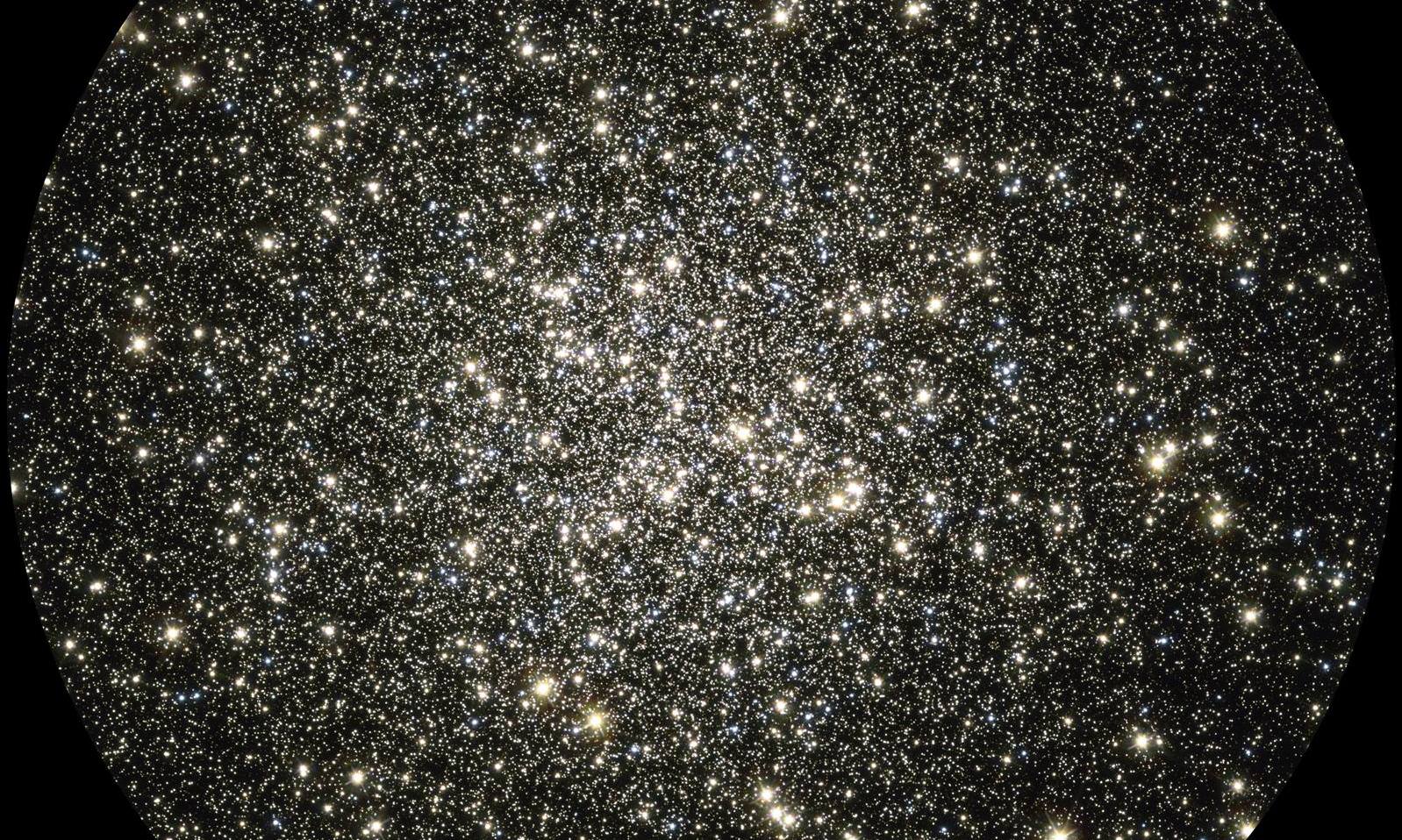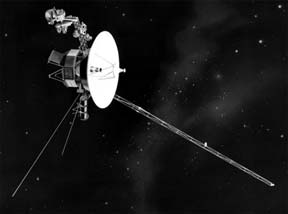[/caption]
The boundary of what is known, that place known as the great frontier, has always intrigued and enticed us. The mystery of the unknown, the potential for discovery, the fear, the uncertainty; that place that exists just beyond the edge has got it all! At one time, planet Earth contained many such places for explorers, vagabonds and conquerors. But unfortunately, we’ve run out of spaces to label “here be dragons” here at home. Now, humanity must look to the stars to find such places again. These areas, the vast stretches of space that fall between the illuminated regions where stars sit, is what is known as Interstellar Space. It can be the space between stars but also can refer to the space between galaxies.
On the whole, this area of space is defined by its emptiness. That is, there are no stars or planetary bodies in these regions that we know of. That does not mean, however, that there is absolutely nothing there. In fact, interstellar areas do contain quantities of gas, dust, and radiation. In the first two cases, this is what is known as interstellar medium (or ISM), the matter that fills interstellar space and blends smoothly into the surrounding intergalactic space. The energy that occupies the same volume, in the form of electromagnetic radiation, is known as the interstellar radiation field. On the whole, the ISM is thought to be made up primarily of plasma (aka. ionized hydrogen gas) because its temperature appears to be high by terrestrial standards.
The nature of the interstellar medium has received the attention of astronomers and scientists over the centuries. The term first appeared in print in the 17th century in the works of Sir Francis Bacon and Robert Boyle, both of whom were referring to the spaces that fell between stars. Before the development of electromagnetic theory, early physicists believed that space must be filled with an invisible “aether” in order for light to pass through it. It was not until the 20th century though that deep photographic imaging and spectroscopy that scientists were able to postulate that matter and gas existed in these regions. The discovery of cosmic waves in 1912 was a further boon, leading to the theory that interstellar space was pervaded by them. With the advent of ultraviolet, x-ray, microwave, and gamma ray detectors, scientists have been able to “see” these kinds of energy at work in interstellar space and confirm their existence.
Many satellites have been launched with the intention of sending back information from interstellar space. These include the Voyager 1 and 2 spacecraft which have cleared the known boundaries of the Solar System and passed into the heliopause. They are expected to continue to operate for the next 25 to 30 years, sending back data on magnetic fields and interstellar particles.
We have written many articles about interstellar space for Universe Today. Here’s an article about deep space, and here’s an article about interstellar space travel.
If you’d like more information on the Interstellar Space, here’s a link to Voyager’s Interstellar Mission Page, and here’s the homepage for Interstellar Science.
We’ve recorded an episode of Astronomy Cast all about Interstellar Travel. Listen here, Episode 145: Interstellar Travel.
Sources:
http://en.wikipedia.org/wiki/Interstellar_space#Interstellar
http://en.wikipedia.org/wiki/Interstellar_medium
http://www.seasky.org/solar-system/interstellar-space.html
http://en.wikipedia.org/wiki/Electromagnetic_radiation
http://en.wikipedia.org/wiki/Heliopause#Heliopause


